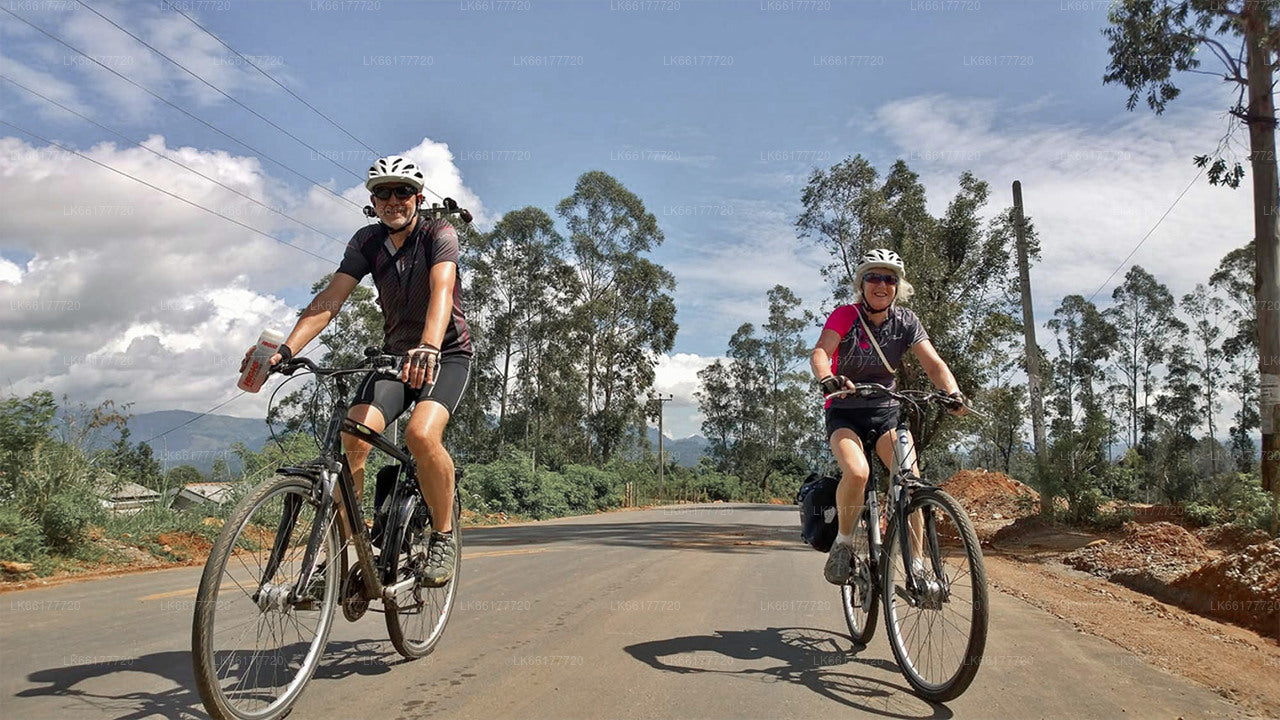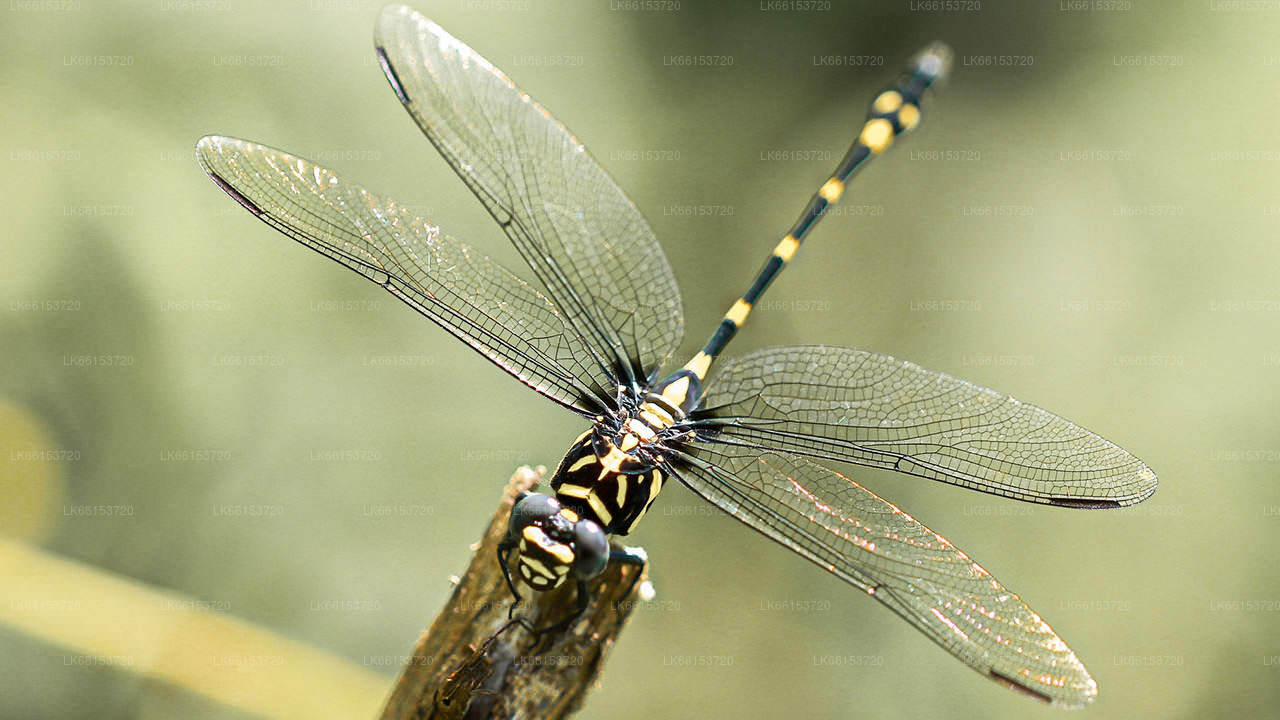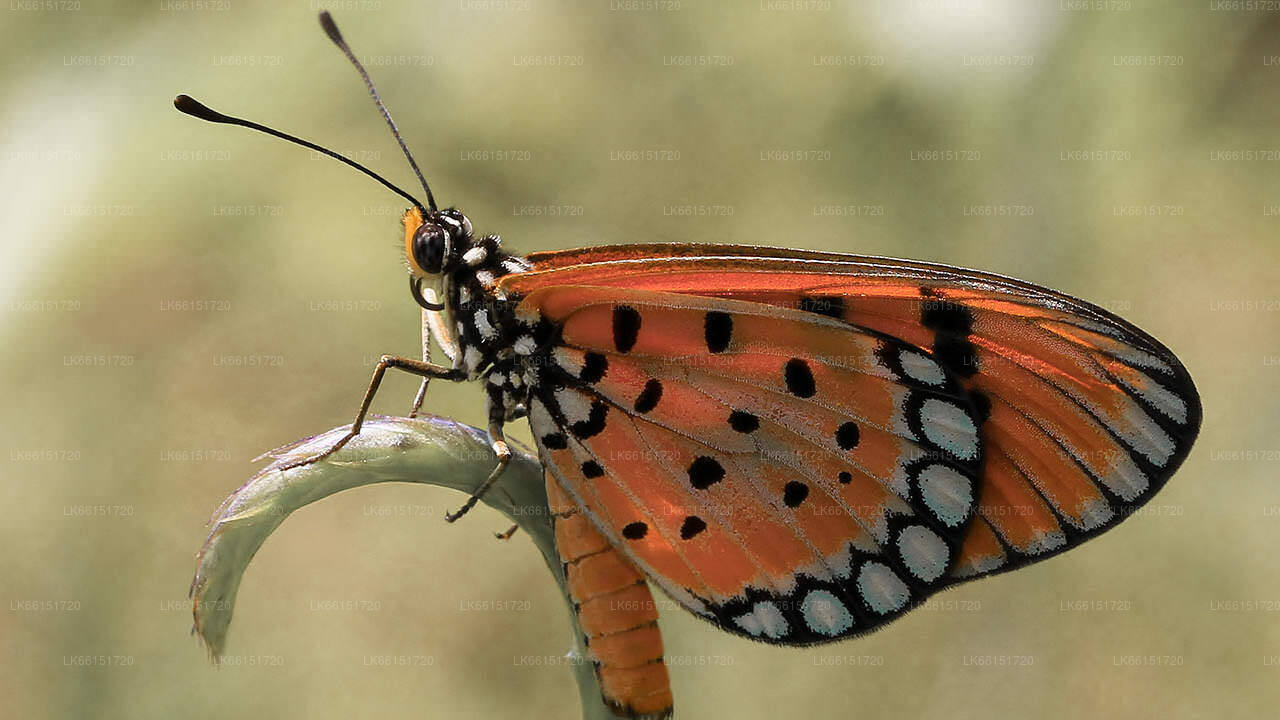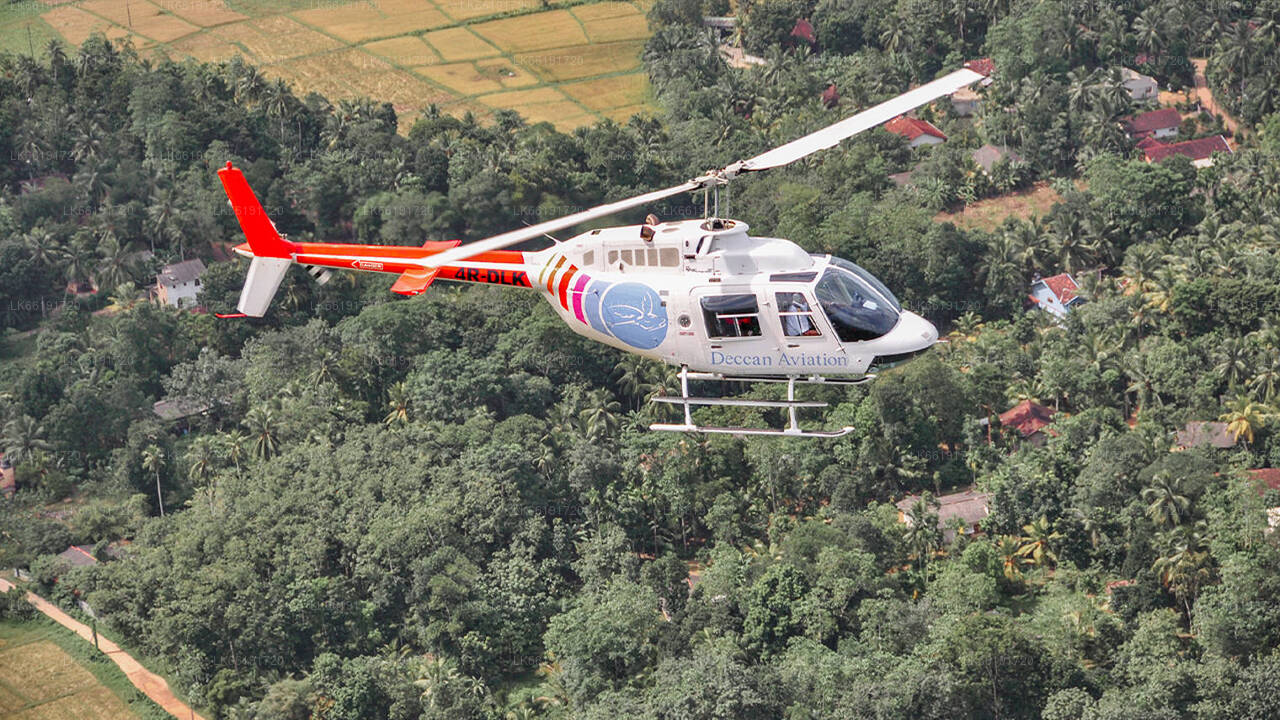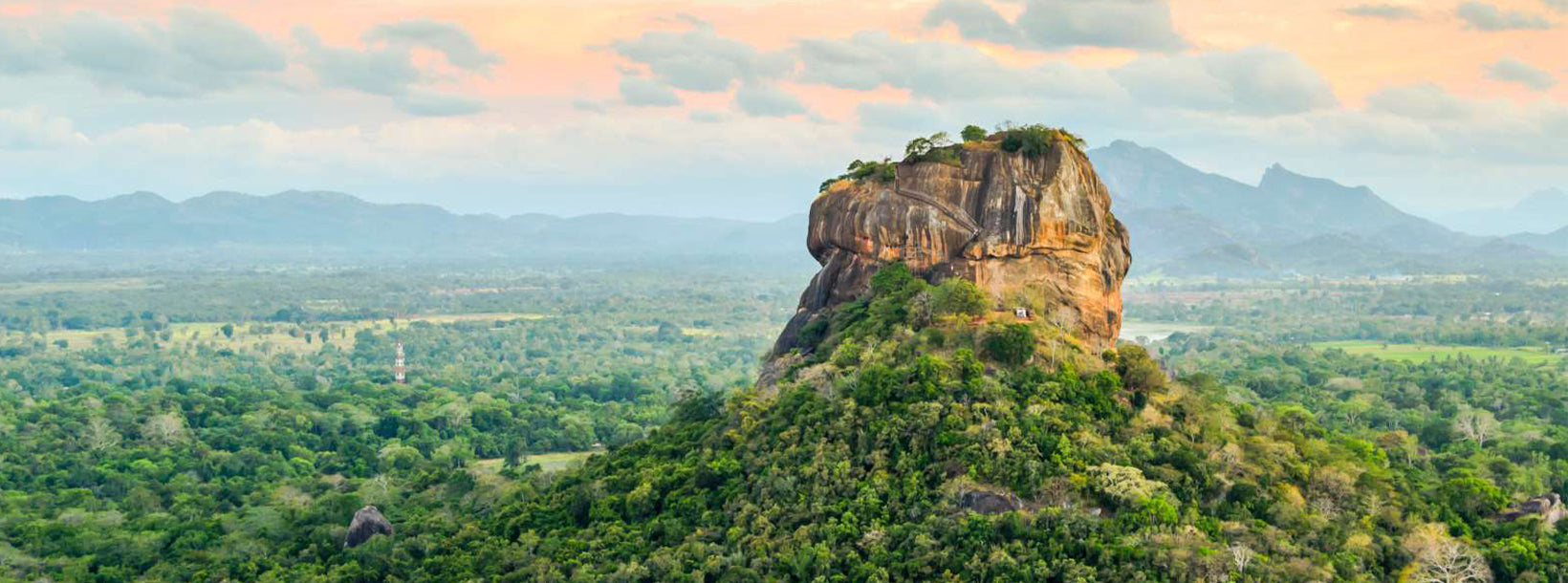
Sigiriya By
Sigiriya, et UNESCO-verdensarvssted i Sri Lanka, er en gammel klippefæstning og et palads med fantastiske fresker og store haver. Den rejser sig dramatisk fra sletterne og er et vidnesbyrd om øens rige historie og arkitektoniske opfindsomhed. Udforsk Sigiriyas fortryllende skønhed og kulturelle betydning.
Sigiriya Museum
The museum in Sigiriya is well known to be the most attractive in South Asia, managed by the Central Cultural Fund. Sigiriya Museum represents its cultural, technological and archaeological value. Three decades of archaeological research on Sigiriya, the famous UNESCO world heritage site, can be explored at the Sigiriya Museum.
The design of the museum was inspired by the sophisticated design of Sigiriya itself. It followed the concept of Green Building with the mastery use of water and the use of trees so that it stimulates a true experience. Furthermore, the floors are built so that visitors can feel the Sigiriya climb through the ascending terraces and the wide stairways.
Established in 2009, the museum contains galleries depicting the excavation efforts carried out at Sigiriya. The way it was structured is an excellent example of green building technology, as it was expertly constructed around the massive and mighty trees that have reigned the area for eons, roots-deep, as well as natural water springs.
The museum has three floors, designed to suit the pre-existing levels within the rock itself. Introductions to the exhibits and guides are available in the three main languages (Sinhala, Tamil and English) in the museum lobby.
To enter the museum, you have to make your way through a tunnel, and once you reach the first level, you’ll be greeted by the protohistory section of the museum, which contains a bunch of artefacts, including age-old pots and implements made of iron.
The next level is dedicated to the monastic era of Sigiriya, and thus includes many exhibits from that period. Glass panels provide you an overhead-view of the rock fortress’ attractions, including the water gardens at its entrance, the rusty mirror wall, and even the summit.
- Entrance fees are included in your tickets to the Sigiriya Rock Fortress.
- Sigiriya Museum is open from 8 a.m. to 5 p.m. all week.
- Not permitted get the photography in the Sigiriya Museum.
Om Centralprovinsen
Den centrale provins i Sri Lanka består primært af bjergrigt terræn. Provinsen har et areal på 5.674 km² og en befolkning på 2.421.148. Nogle større byer inkluderer Kandy, Gampola (24.730), Nuwara Eliya og Bandarawela. Befolkningen er en blanding af singalesere, tamiler og maurere.
Både bjerghovedstaden Kandy og byen Nuwara Eliya ligger i Centralprovinsen, såvel som Sri Pada. Provinsen producerer en stor del af den berømte Ceylon-te, som blev plantet af briterne i 1860'erne, efter at en ødelæggende sygdom dræbte alle kaffeplantagerne i provinsen. Centralprovinsen tiltrækker mange turister med bjergbyer som Kandy, Gampola, Hatton og Nuwara Eliya. Tempeltand eller Dalada maligawa er det vigtigste hellige sted i Centrel-provinsen. Klimaet er køligt, og mange områder omkring 1500 meter har ofte kølige nætter. De vestlige skråninger er meget våde, nogle steder med næsten 7000 mm regn om året. De østlige skråninger er dele af den midterste tørre zone, da den kun modtager regn fra den nordøstlige monsun. Temperaturerne varierer fra 24°C i Kandy til kun 16°C i Nuwara Eliya, som ligger 1.889 m over havets overflade. De højeste bjerge i Sri Lanka ligger i Centralprovinsen. Terrænet er for det meste bjergrigt med dybe dale, der skærer sig ind i det. De to vigtigste bjergregioner er det centrale massiv og Knuckles-kæden øst for Kandy.










